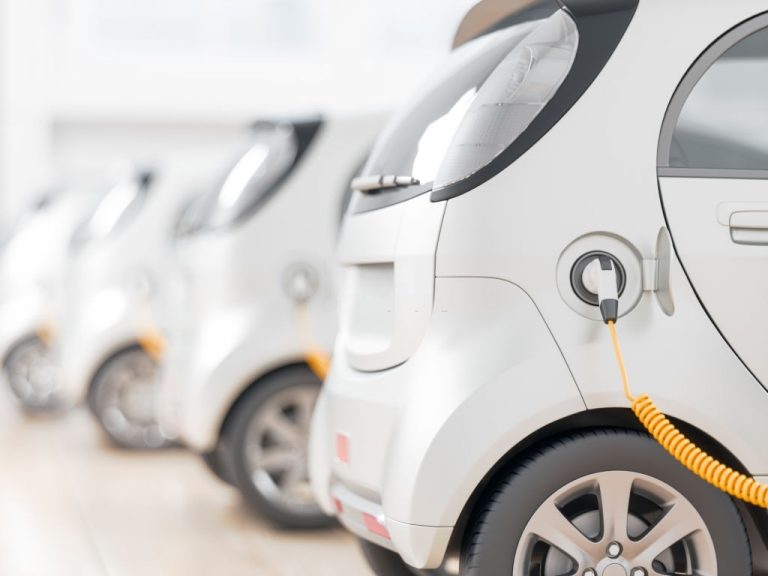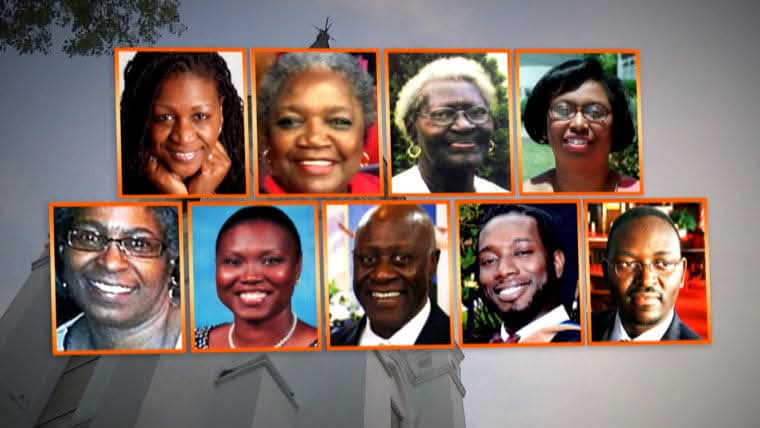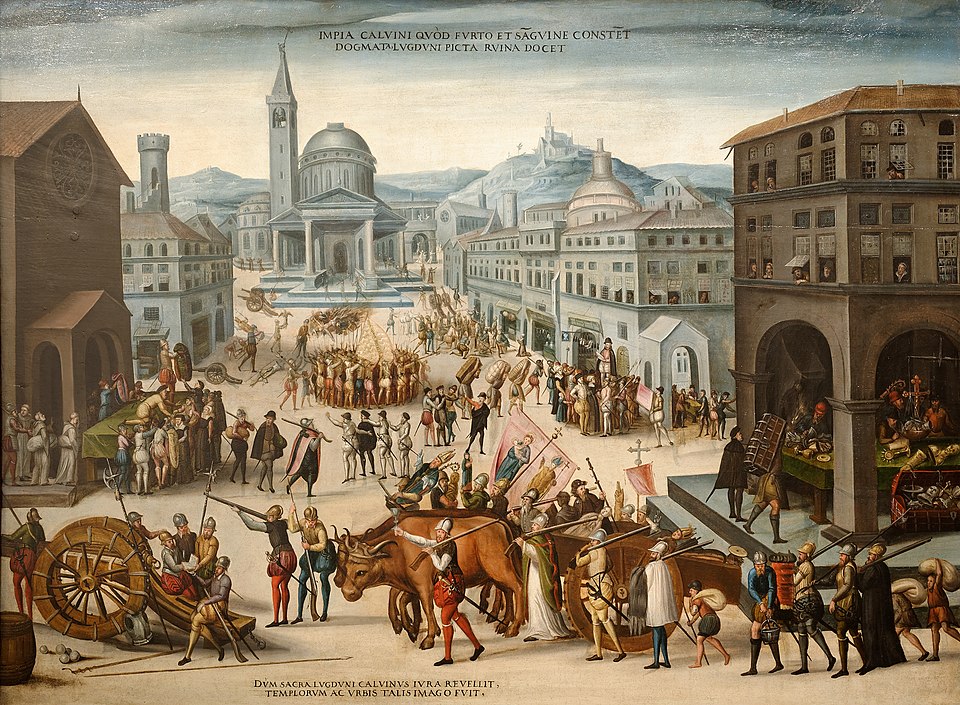EV: The Rise, Fall, Rise of Electric Vehicles

Did you know that the first mass-produced electric vehicles appeared in America in the early 1900s but fell off the grid due to the lack of electricity grids and the limitations of storage batteries, only to resurface in the 20th and early 21st century from concerns of environmental impact of fossil fuel along with the fear of peak oil?
Here we take you on the history of EVs that are the future mode of transportation, especially with increase in global awareness of environmental impact, reduced emissions, and a need for more efficient energy use as a way to contribute to a greener world.
Electric motive power started in 1827 when Hungarian priest Ányos Jedlik built the first crude but viable electric motor; the next year he used it to power a small model car. In 1835, Professor Sibrandus Stratingh of the University of Groningen, in the Netherlands, built a small-scale electric car, and sometime between 1832 and 1839, Robert Anderson of Scotland invented the first crude electric carriage, powered by non-rechargeable primary cells. American blacksmith and inventor Thomas Davenport built a toy electric locomotive, powered by a primitive electric motor, in 1835. In 1838, a Scotsman named Robert Davidson built an electric locomotive that attained a speed of four miles per hour (6 km/h). In England, a patent was granted in 1840 for the use of rails as conductors of electric current, and similar American patents were issued to Lilley and Colten in 1847.
The first mass-produced electric vehicles appeared in America in the early 1900s. In 1902, the Studebaker Automobile Company entered the automotive business with electric vehicles, though it also entered the gasoline vehicles market in 1904. However, with the advent of cheap assembly line cars by Ford Motor Company, the popularity of electric cars declined significantly.
Due to lack of electricity grids and the limitations of storage batteries at that time, electric cars did not gain much popularity; however, electric trains gained immense popularity due to their economies and achievable speeds. By the 20th century, electric rail transport became commonplace due to advances in the development of electric locomotives. Over time their general-purpose commercial use reduced to specialist roles as platform trucks, forklift trucks, ambulances, tow tractors, and urban delivery vehicles, such as the iconic British milk float. For most of the 20th century, the UK was the world's largest user of electric road vehicles.
Electrified trains were used for coal transport, as the motors did not use the valuable oxygen in the mines. Switzerland's lack of natural fossil resources forced the rapid electrification of their rail network. One of the earliest rechargeable batteries – the nickel-iron battery – was favored by Edison for use in electric cars.
EVs were among the earliest automobiles, and before the preeminence of light, powerful internal combustion engines (ICEs), electric automobiles held many vehicle land speed and distance records in the early 1900s. They were produced by Baker Electric, Columbia Electric, Detroit Electric, and others, and at one point in history outsold gasoline-powered vehicles. In 1900, 28 percent of the cars on the road in the US were electric. EVs were so popular that even President Woodrow Wilson of the United States and his secret service agents toured Washington, D.C., in their Milburn Electrics, which covered 60–70 miles (100–110 km) per charge. Most producers of passenger cars opted for gasoline cars in the first decade of the 20th century, but electric trucks were an established niche well into the 1920s.
A number of developments contributed to a decline in the popularity of electric cars. Improved road infrastructure required a greater range than that offered by electric cars, and the discovery of large reserves of petroleum in Texas, Oklahoma, and California led to the wide availability of affordable gasoline/petrol, making internal combustion powered cars cheaper to operate over long distances. Electric vehicles were seldom marketed as a women's luxury car, which may have been a stigma among male consumers. Also, internal combustion powered cars became ever-easier to operate thanks to the invention of the electric starter by Charles Kettering in 1912, which eliminated the need of a hand crank for starting a gasoline engine, and the noise emitted by ICE cars became more bearable thanks to the use of the muffler, which Hiram Percy Maxim had invented in 1897. As roads were improved outside urban areas, electric vehicle range could not compete with the ICE. Finally, the initiation of mass production of gasoline-powered vehicles by Henry Ford in 1913 reduced significantly the cost of gasoline cars as compared to electric cars.
In the 1930s, National City Lines, which was a partnership of General Motors, Firestone, and Standard Oil of California purchased many electric tram networks across the country to dismantle them and replace them with GM buses. The partnership was convicted of conspiring to monopolize the sale of equipment and supplies to their subsidiary companies, but was acquitted of conspiring to monopolize the provision of transportation services.
The Copenhagen Summit, which was conducted in the midst of a severe observable climate change brought on by human-made greenhouse gas emissions, was held in 2009. During the summit, more than 70 countries developed plans to eventually reach net zero. For many countries, adopting more EVs will help reduce the use of gasoline.
In January 1990, General Motors President introduced its EV concept two-seater, the "Impact", at the Los Angeles Auto Show. That September, the California Air Resources Board mandated major-automaker sales of EVs, in phases starting in 1998. From 1996 to 1998 GM produced 1117 EV1s, 800 of which were made available through three-year leases. Chrysler, Ford, GM, Honda, and Toyota also produced limited numbers of EVs for California drivers during this time period. In 2003, upon the expiration of GM's EV1 leases, GM discontinued them.
A movie made on the subject in 2005–2006 was titled Who Killed the Electric Car? and released theatrically by Sony Pictures Classics in 2006. The film explores the roles of automobile manufacturers, oil industry, the U.S. government, batteries, hydrogen vehicles, and the general public, and each of their roles in limiting the deployment and adoption of this technology.
Ford released a number of their Ford Ecostar delivery vans into the market. Honda, Nissan and Toyota also repossessed and crushed most of their EVs, which, like the GM EV1s, had been available only by closed-end lease. After public protests, Toyota sold 200 of its RAV4 EVs; they later sold at over their original forty-thousand-dollar price. Later, BMW of Canada sold off a number of Mini EVs when their Canadian testing ended. The production of the Citroën Berlingo Electrique stopped in September 2005. Zenn started production in 2006 but ended by 2009.
During the late 20th and early 21st century, the environmental impact of the petroleum-based transportation infrastructure, along with the fear of peak oil, led to renewed interest in electric transportation infrastructure. EVs differ from fossil fuel-powered vehicles in that the electricity they consume can be generated from a wide range of sources, including fossil fuels, nuclear power, and renewables such as solar power and wind power, or any combination of those. Recent advancements in battery technology and charging infrastructure have addressed many of the earlier barriers to EV adoption, making electric vehicles a more viable option for a wider range of consumers.
SOURCE: Wikipedia | Photo Credit: Aimst University
#penglobalhistory #electricvehicle



